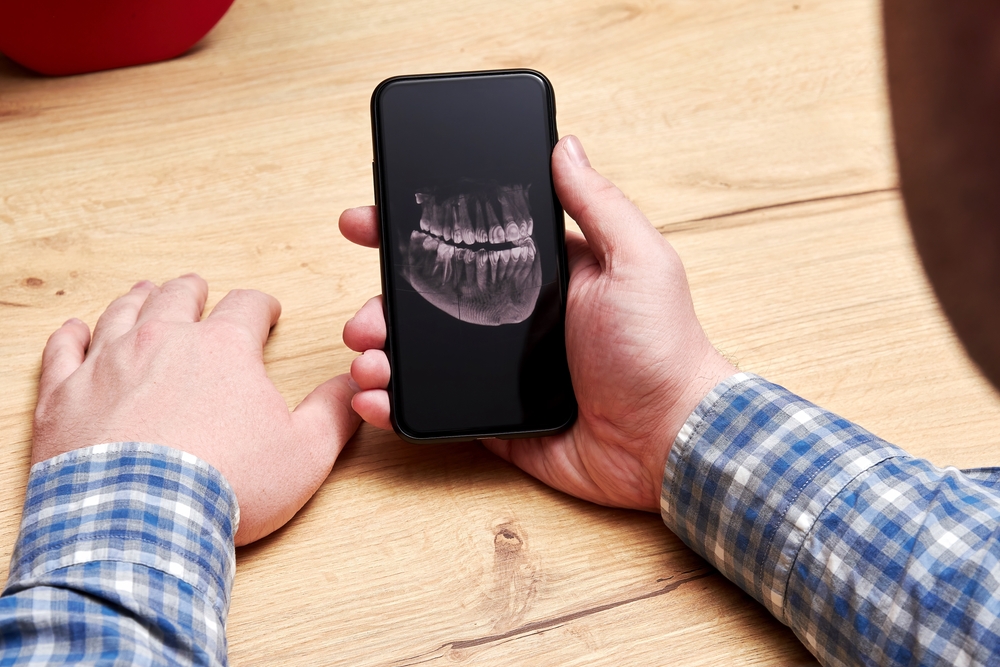
Tips for Managing Anxiety before Oral Surgery
September 9, 2021
What are the Implications of Infected Teeth on My Oral Health and Wellbeing?
November 20, 2021Among various dental treatment methods, implants placement takes the forefront because of its long-term implications. The process involves fixing implant-supported teeth into the gum. Given that patients have different dental needs, the recovery duration after an implant varies from one person to another. In short, various factors influence the timeline it takes to heal fully after implant placement.
Dental Implant Placement Procedure
There are various reasons why dentists propose dental implants to patients. The brighter side of implants is that they help replace missing teeth without putting pressure on adjacent ones. Also, they are perfect for restoring an old smile, improving speech, and solving bite issues. In addition, dental implants minimize jaw pain caused by shifting teeth in empty spaces.
There are three components of implant-supported teeth. First, we have the restoration part, which sits comfortably on the gum. Depending on the procedure done, it can consist of a bridge, crown, or dentures. Then, there is the abutment component which connects the restoration and implant. Finally, an implant restoration plays the role of a root to the artificial tooth.
Before the procedure, dentists extract a damaged or infected tooth. A surgical graft procedure is necessary if there is inadequate bone mass to support the implant. In some cases, dentists advocate sinus lifts in the upper jaw to hold the implants better. If a patient has to undergo all these procedures, the healing period would undeniably take longer.
How Long Does Bone Healing after an Implant Take?
Akin to other surgical procedures, the recovery period diverges depending on age and overall well-being. Therefore, it can happen in a record time of two weeks or after an extended period of about two months. In the case of a bone graft, patients must give it ample time to attach well to the jawline. That can take several months and plenty of checkups to rule out any issues.
The good thing is that implant placement happens under sedation with minimal or no pain. Sometimes you may notice some swelling or inflammation. Keep in mind that this is a normal body reaction which subsidizes with antibiotics and proper management care.
Factors Affecting the Healing Process
As mentioned earlier, a patient taking fewer implant procedures takes a shorter time to heal. Additionally, only people with severe dental issues require a combination of implant treatments. Below are the recovery periods based on a treatment method.
- Abutment Placement
It is possible to get an abutment and a dental implant on the same day. However, if a patient requires another procedure, it can take a couple of weeks to heal the gum tissue around the abutment.
- Implant Placement
This procedure puts minimal pressure on the body. All you need is to give the body at least two to six months for the surgical site to heal and proper bone integration. Ultimately, the healing process depends on how fast the patient’s body generates bone tissues.
- Bone Graft Surgery
Compared to other procedures, a bone graft is more complex and requires a more healing time frame. You have to wait for a couple of months for the bone to integrate well in the jaw. Failure to do this can lead to loss of bone mass over again.
- Dental Restoration
Unless there is any complication, this is a one-day procedure where the restoration gets screwed to the abutment. The beauty of this procedure is that patients go home with a functional tooth.
Final Thoughts
Qualified dentists understand well the best implant plan for their patients. Therefore, the success of a procedure depends on the evaluation done before and after. Most importantly, the practitioner must explain each step thoroughly, including the healing time and medications used, if need.




